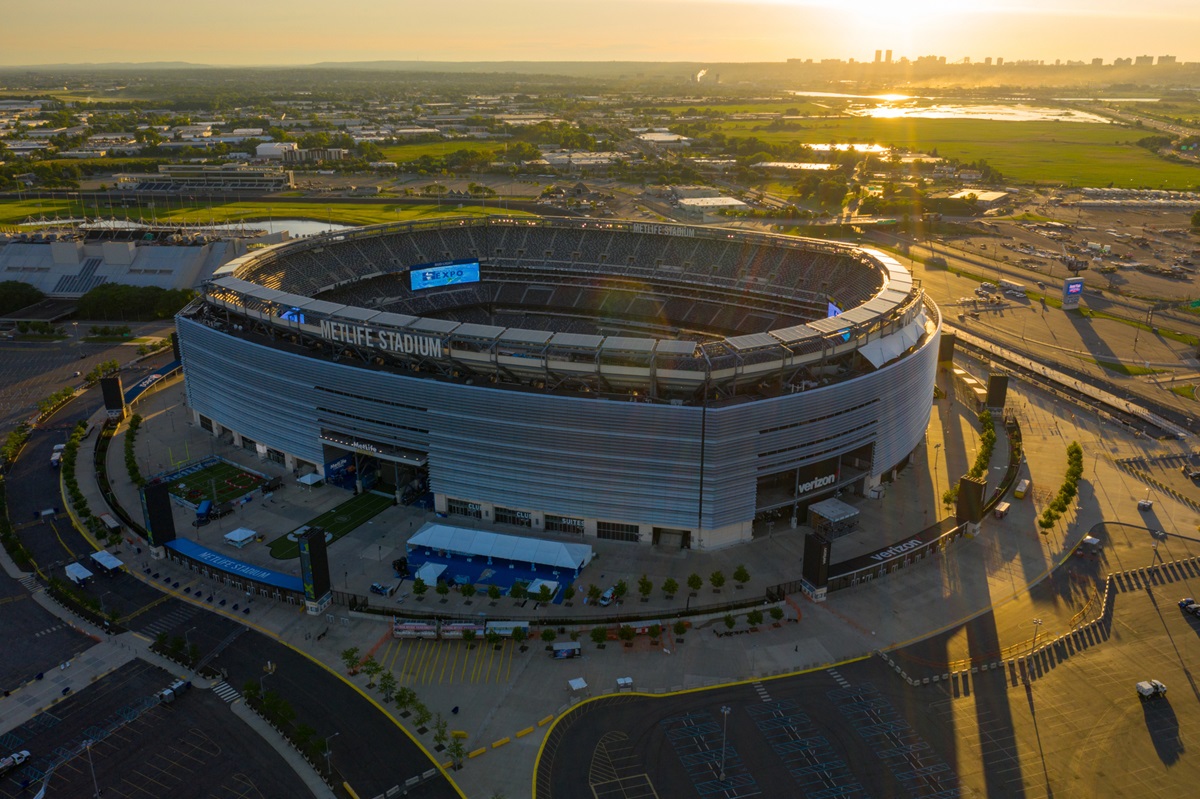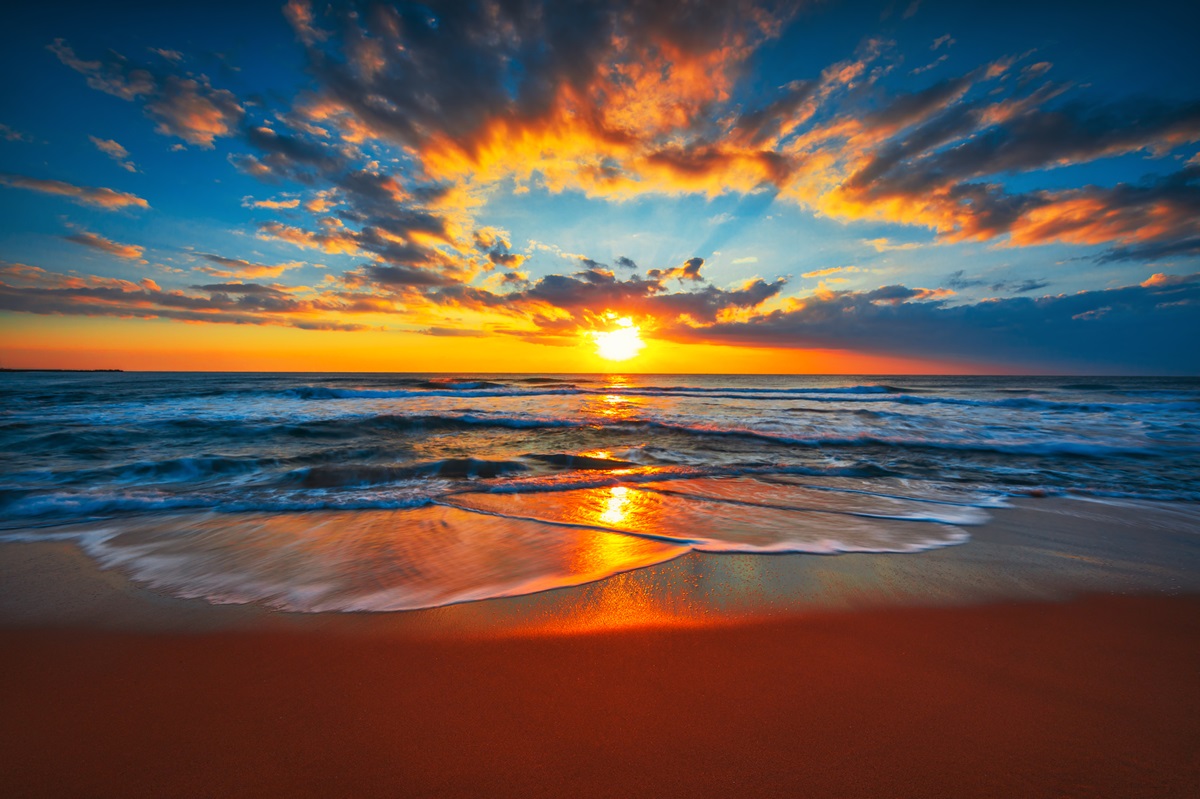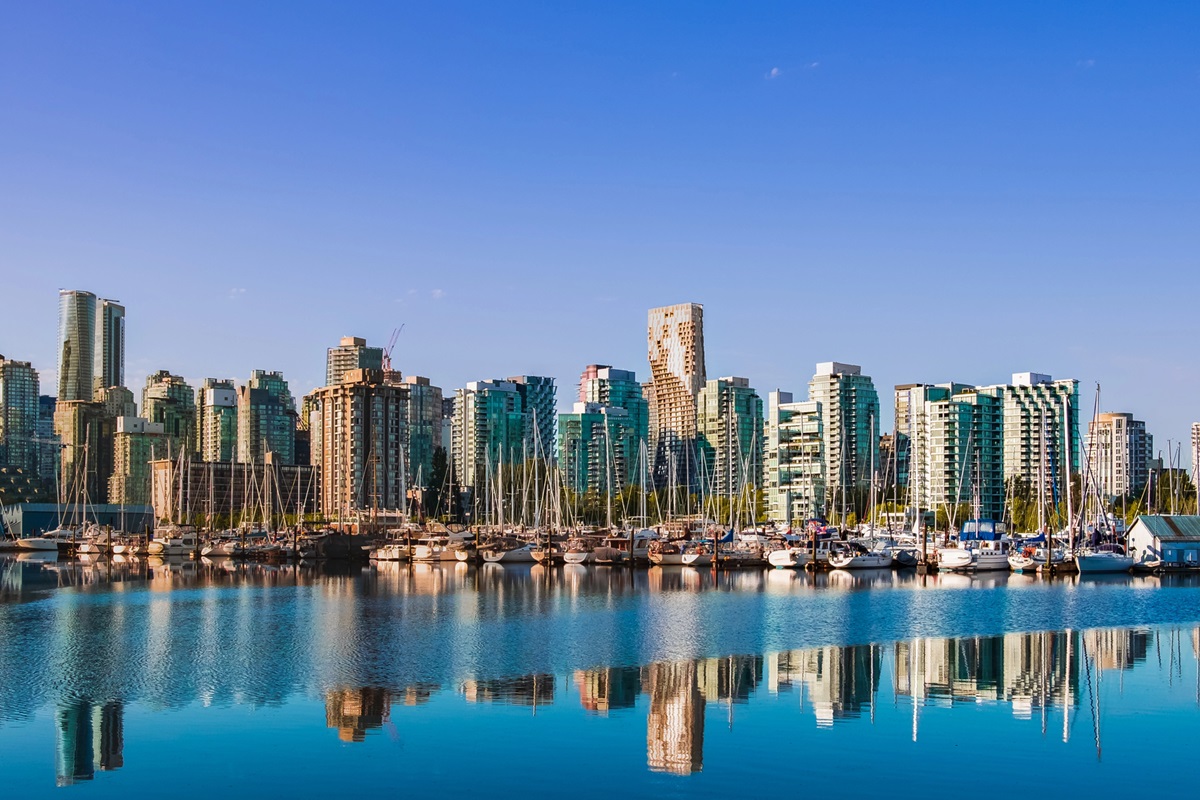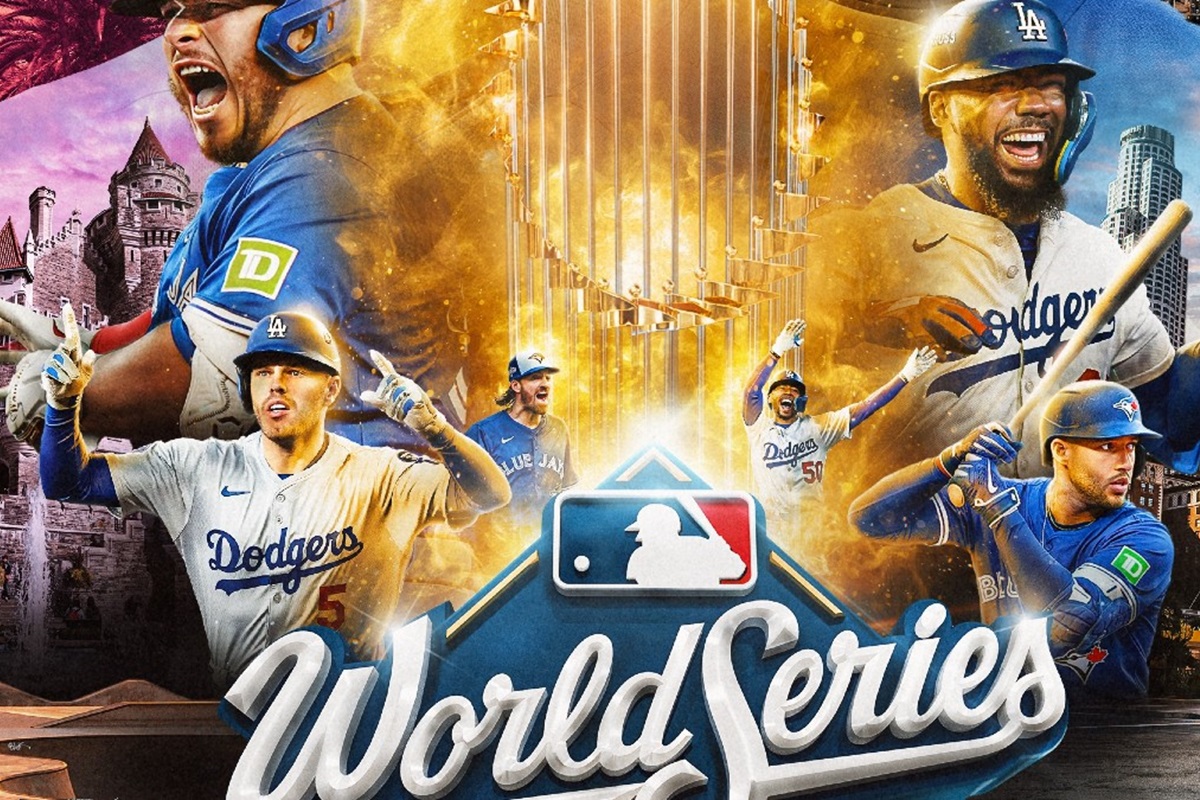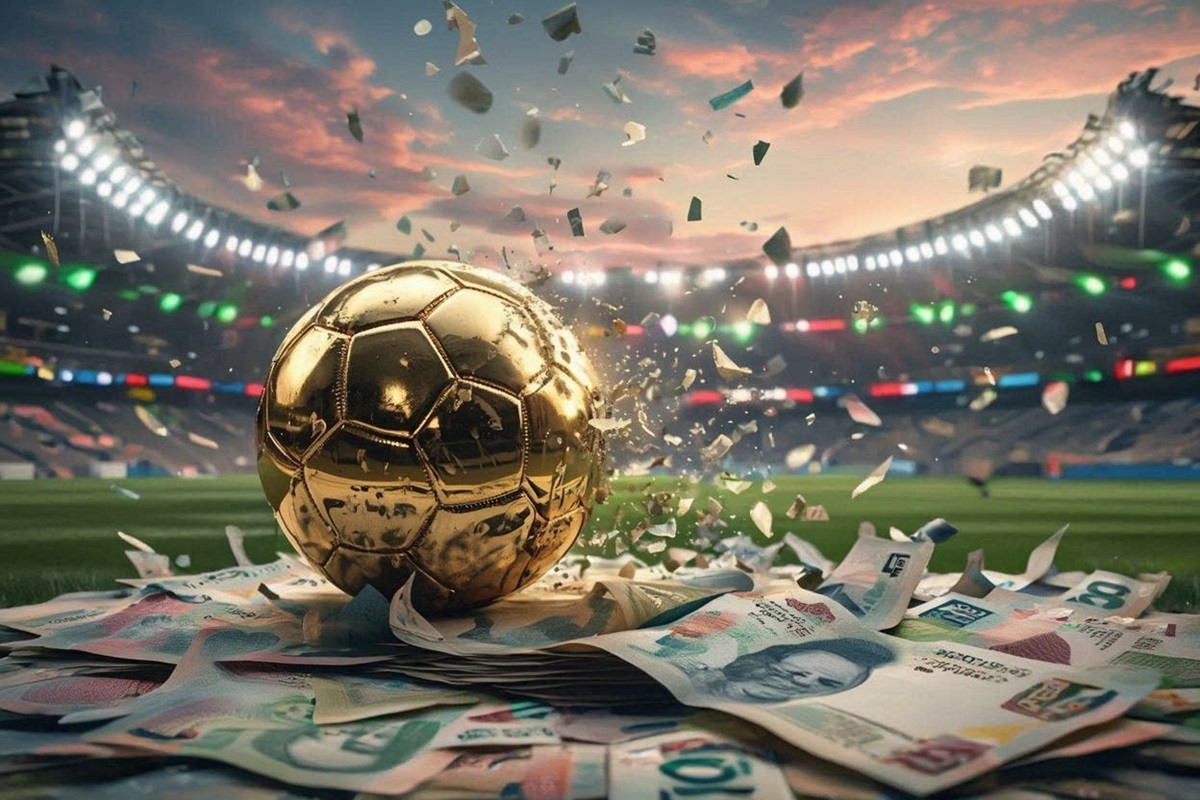The 2026 FIFA World Cup will not only be the largest in history in terms of teams and matches, but also the stage for an unprecedented showdown between the giants of sportswear: Nike, Adidas, and Puma. Three distinct approaches, three brand visions, and one common goal—dominate the minds of fans and the global football stage.
A World Cup of Historic Proportions
The 2026 edition, hosted by the United States, Canada, and Mexico, will feature 48 teams and 104 matches, making it the most extensive tournament ever held. Expected to generate over $10 billion in revenue—including significant increases in broadcasting and marketing rights—this projection has elevated the strategic value of sponsorships, sparking fierce competition among the industry’s top brands.
Nike Expands Its Global Footprint
Nike arrives strong, outfitting high-profile national teams such as Brazil, France, England, and host country USA. The company has pursued an aggressive investment strategy: multimillion-dollar contracts like Brazil’s ($100 million annually through 2038), and a future deal with Germany starting in 2027 worth $110 million per year—double what Adidas previously paid. This move reflects a long-term strategy focused on premium assets and maximum visibility in key markets.
Adidas: Official Partner with Legacy and Strategy
Adidas holds an unmatched structural advantage as FIFA’s official sponsor and the official match ball provider since 1970, also outfitting referees, volunteers, and officials. Its solid roster includes reigning champions Argentina, co-host Mexico, as well as Spain and Italy. Although it will lose Germany after the World Cup, Adidas has signed Croatia and could become a strong contender to outfit Brazil after 2026.
Puma: The Tech-Savvy Challenger
Puma has taken bold steps, snatching Portugal from Nike and tripling its marketing investment compared to 2024. With its “Go Wild” campaign, the brand aims to captivate Gen Z through a narrative of self-expression, enjoyment, and social connection. Additionally, it has integrated artificial intelligence into kit design, clearly setting itself apart from competitors.
Related content: How BMO Field and BC Place Are Redefining the 2026 FIFA World Cup Experience
Technology and Design as Differentiators
Innovation represents another battleground in this rivalry.
- Nike integrates its Dri-FIT ADV system into jerseys designed to optimize performance in extreme heat. Its aesthetic blends nostalgia (vintage kits like Brazil ’98) with bold urban flair (e.g., Uruguay’s “Black Panther” design).
- Adidas unveils the official match ball “Trionda,” inspired by the cultures of the host countries. The brand also brings back the trefoil logo on away kits and introduces Climacool+ technology, along with a collection of historic remakes (Argentina 2006, Germany 1994).
- Puma positions itself as a pioneer by allowing fans to co-design kits using AI (as seen with Manchester City). Its FUTURE 8 boots feature next-gen elastic materials aimed at boosting on-field creativity.
Marketing Strategies with Unique DNA
Nike doesn’t need to be an official partner to dominate the public imagination. It did so with the legendary “Write the Future” campaign in 2010, and now returns with “Winning Isn’t for Everyone,” a bold take on the exclusivity of success and the fusion of football with urban fashion. Its “Toma El Juego” initiative in Los Angeles reflects Nike’s ambition to conquer the streets as much as the stadiums.
Adidas focuses on the “magic of the fan.” Immersive fan zones, direct interaction with stars, and a legacy-driven narrative—from Messi to Lamine Yamal—aim to solidify emotional connections across generations. Its official status allows for integrated activations that rivals cannot replicate.
Puma is going all-in on Gen Z. Its global “Go Wild” campaign celebrates authenticity over victory. The brand leverages platforms like TikTok for viral content, invests in hyperlocal activations, and partners with global stars like Cristiano Ronaldo to expand its reach. Its goal is clear: build brand preference, not just awareness.
North America: The Main Battleground
With three host countries, North America becomes a strategic arena. Nike dominates in the U.S., backed by a historic partnership since 1994 and a strong retail presence. Adidas is betting on Mexico, a football powerhouse with millions of fans also living in the U.S. Puma, with a smaller footprint, aims to make an impact through disruptive campaigns and high-profile partnerships.
Adidas leads global football with a market share near 29%, while Nike holds the top spot in the overall sportswear market at 16%. Puma trails behind but has room to grow. The 2026 World Cup could shift that balance: the brand that best connects with emotion, cultural trends, and fan-centric technology will gain more than exposure—it will earn loyalty.
Three Paths, One Goal
Adidas enters with institutional strength, Nike with cultural clout, and Puma with youth-driven innovation. The 2026 World Cup will serve as a marketing laboratory, where styles, narratives, and technologies are put to the test. In this ball-less war—where visibility and emotional resonance mean everything—the outcome will be decided not just on the pitch, but in the hearts and minds of the spectators.


